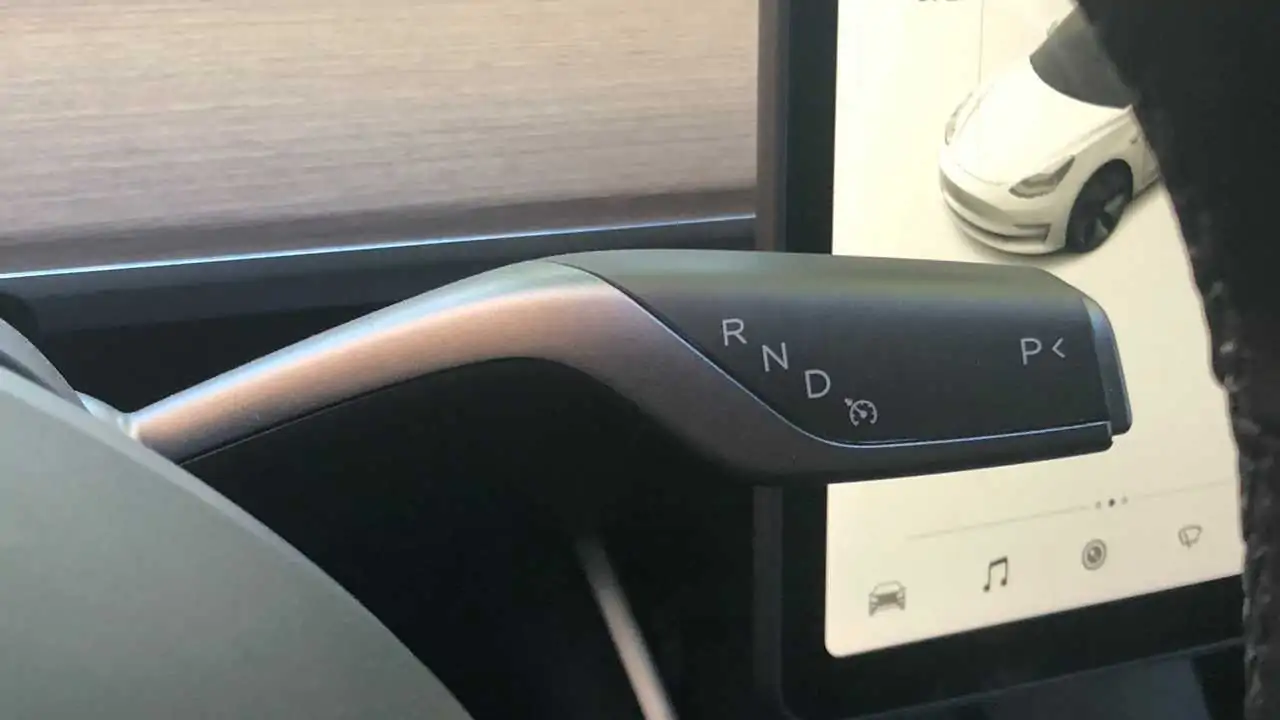Overview of Tesla Autopilot Investigation
Ongoing Safety Concerns
U.S. federal regulators are examining whether a recent recall by Tesla effectively addressed the safety concerns surrounding its Autopilot and Full Self-Driving (FSD) systems. Despite Tesla’s detailed description of what its Level 2 Advanced Driver Assistance System (ADAS) can and cannot do, it still requires vigilant human oversight to ensure driver safety. This conclusion from the National Highway Traffic Safety Administration (NHTSA) highlights significant challenges for Tesla CEO Elon Musk, who has placed considerable emphasis on the company’s autonomous driving technology.
Findings from NHTSA Investigation
The NHTSA’s comprehensive investigation, which spanned nearly five years and analyzed around 1,000 crashes, found that many incidents were due to driver misuse and the system’s insufficient monitoring of driver attention. Of the 956 crashes studied, the NHTSA identified that 13 resulted in fatalities and numerous others caused serious injuries. The Office of Defective Investigations (ODI) stated that “Tesla’s weak driver engagement system was not appropriate for Autopilot’s permissive operating capabilities,” indicating a critical safety gap.

The agency discovered that drivers could easily bypass the safety mechanisms designed to ensure they remained attentive while using Autopilot. For example, early Tesla models allowed drivers to use objects like an orange or a ball to apply pressure on the steering wheel, tricking the system into thinking the driver’s hands were still on the wheel. Although this issue was addressed in later models, it remains a significant point of concern.
Detailed Examination of Crashes
Among the 956 crashes reviewed, the NHTSA focused on trends in approximately half of these incidents. Specifically, they found:
- 211 cases where the front of a Tesla collided with another vehicle or obstacle, situations where an attentive driver could have avoided or mitigated the crash.
- 111 cases where the vehicle departed from the roadway due to the driver’s inputs inadvertently disengaging Autosteer.
- 145 cases where the vehicle left the roadway under low traction conditions, such as on wet surfaces.
These patterns were observed across all Tesla models and hardware versions, underscoring systemic issues with Autopilot’s functionality.
Continued Regulatory Oversight
While the NHTSA closed its initial investigation following Tesla’s recall in December, which included modifications to Autopilot’s functions, the scrutiny is far from over. The agency has launched another probe into the effectiveness of these over-the-air updates, affecting over 2 million Tesla vehicles across all five models. This new investigation aims to confirm whether the fixes implemented have adequately resolved the safety concerns.
Broader Implications and Recent Incidents
The debate over Autopilot’s safety continues to be a hot topic. Recently, a Tesla driver was charged with vehicular homicide after their 2022 Model S, reportedly using Autopilot, collided with and killed a motorcyclist near Seattle. Although the police have not confirmed if Autopilot was engaged at the time, the driver admitted to using the system and being distracted by their phone.
This ongoing investigation highlights the critical need for drivers to remain attentive, regardless of the advancements in autonomous driving technology. Even with sophisticated ADAS systems, the responsibility of safe driving ultimately falls on the human behind the wheel.

